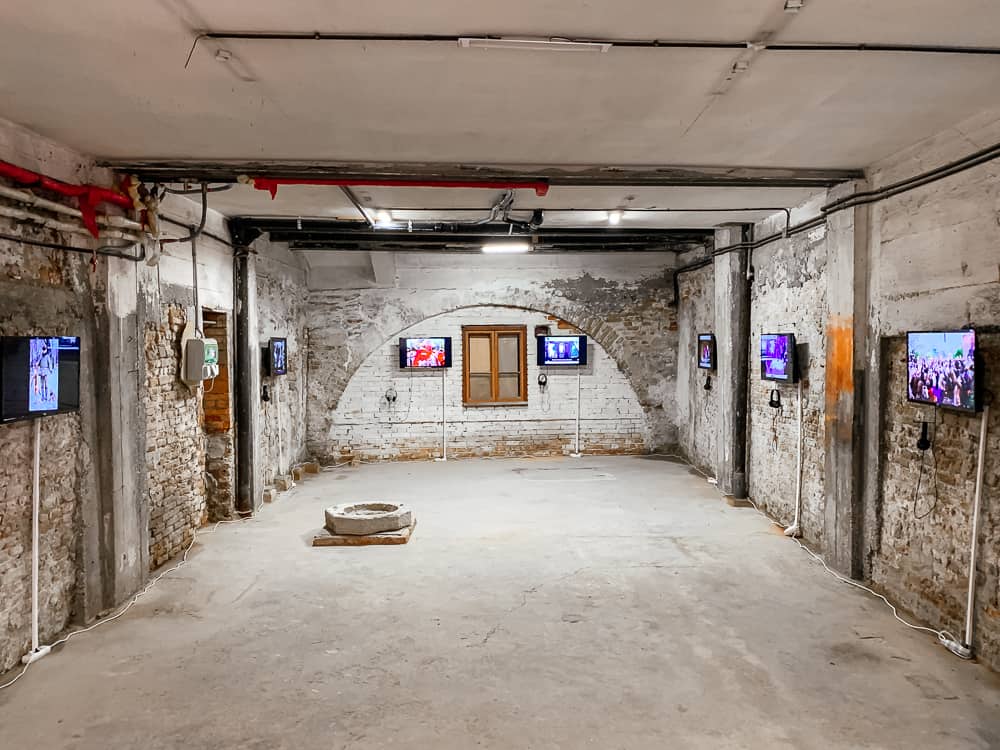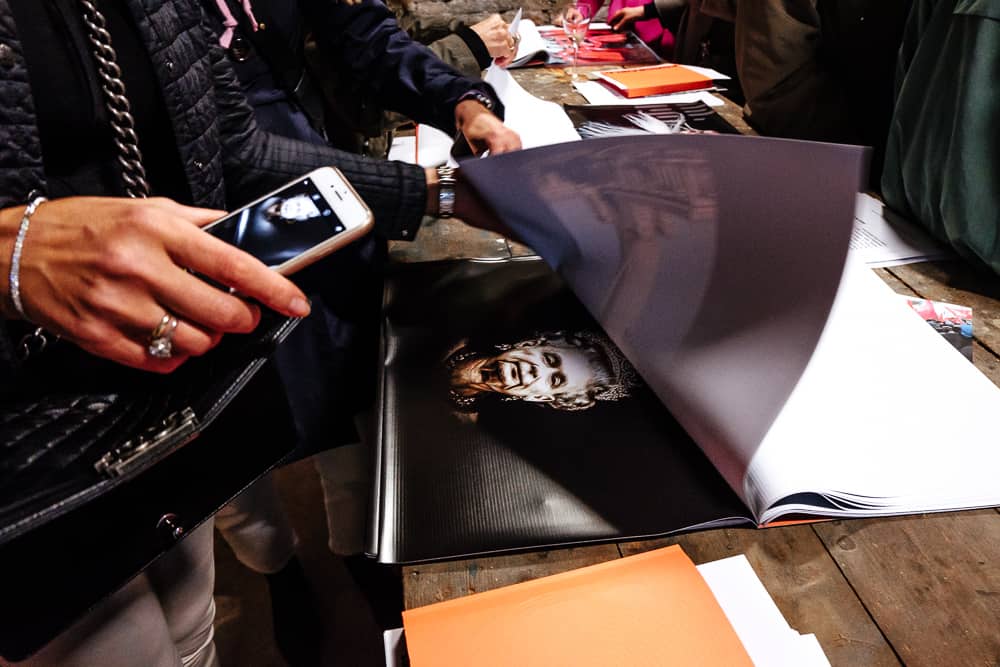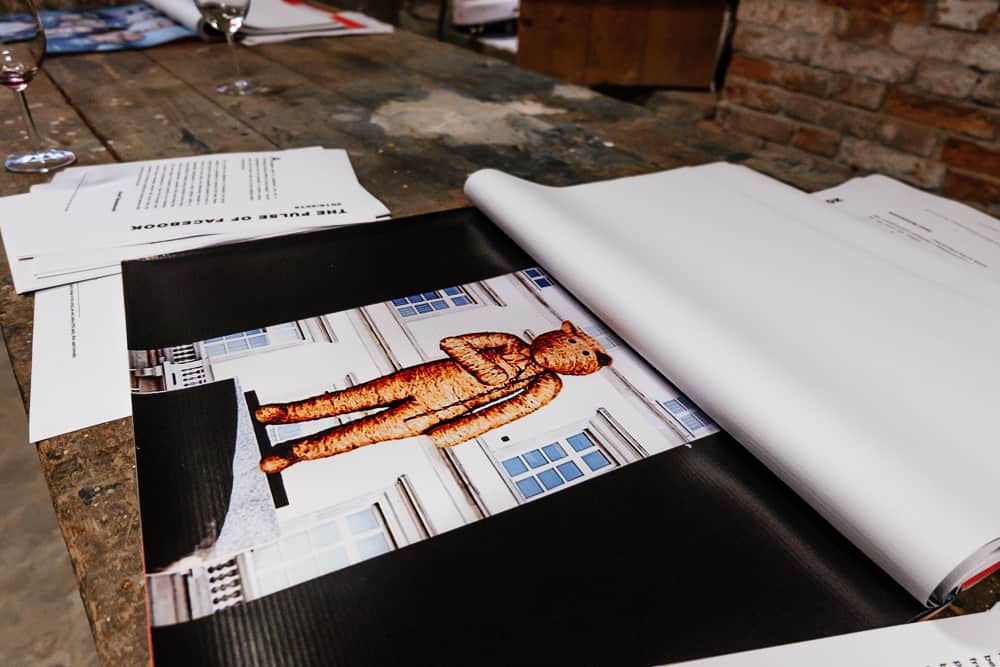
Józef Robakowski, “What Can Still Happen”, exhibition, MAK Gallery, Venice 2019.
Józef Robakowski’s solo show “What Can Still Happen” held at MAK Gallery in Venice is an audiovisual art project dealing with contemporary reality and social media. According to Bożena Czubak, the exhibition’s curator, the eponymous rhetorical question pertains, in fact, not to the future but to the things happening right now, fueling our fears and to what can still happen. The opening of Robakowski’s exhibition, which coincided with the ceremonious launch of this year’s Venice Biennale, seems to engage in a dialogue with the festival’s main slogan “May You Live in Interesting Times,” chosen by Ralph Rugoff, an American curator who encouraged artists to participate in the most politically-charged edition of Biennale in years. In case of Robakowski, it is the content shared on social media by millions of users that places a particular emphasis on the contemporary political climate in Poland.
Józef Robakowski (born in 1939) is an artist, historian and professor of fine arts. His practice focuses on videos, series of photographs and paintings. Four years ago, Robakowski opened an account on Facebook. Ever since, he has been an active user of the popular platform, which he carefully observes and analyzes. The artist himself stated that he is “interested in the sociological contexts,” while adding “Facebook provides everyone with a completely open platform.” From this potent scene, his analytical mind dissected a certain set of values that in a way determines and reflects today’s mindset.
The exhibit in Venice showcases a series of videos on seven LCD screens. The footage sourced directly from the internet features a cascade of flickering images: we see parades, happenings, political demonstrations of various parties, artistic actions and social awareness campaigns – all that is happening these days in the streets and public spaces, all that is recorded, shared and circulated. The videos are accompanied by the collection of photographs and prints of online images grouped into folders. While browsing the files, we stumble upon some derogatory memes and crude political jokes targeted at leading politicians.
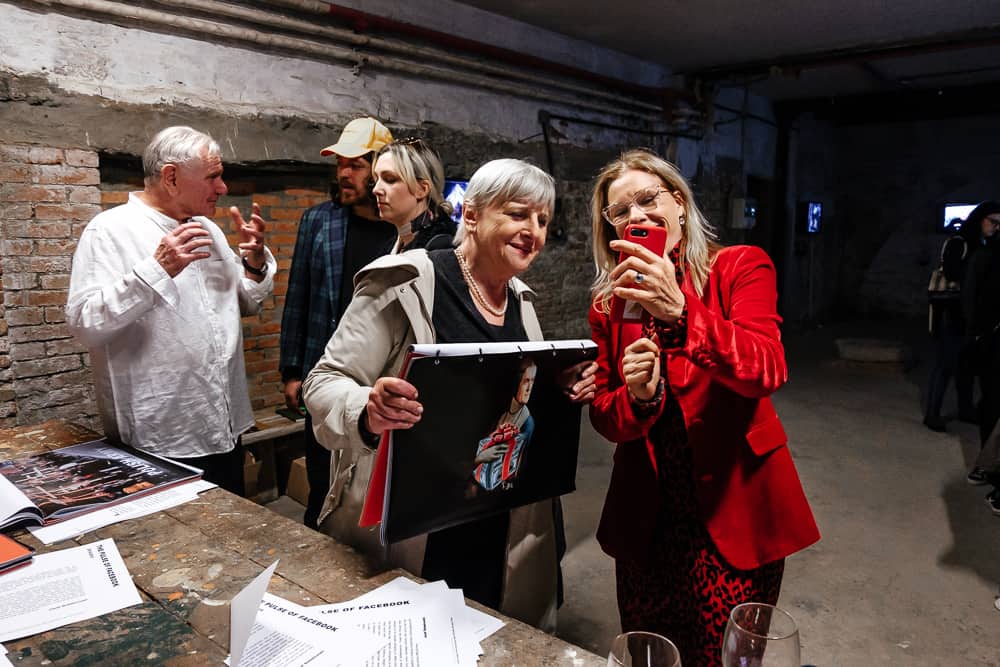
Józef Robakowski, “What Can Still Happen”, exhibition, MAK Gallery, Venice 2019.
In the beginning, every video unveils the date of a particular event. One of the most recent clips was recorded this April in Pruchnik, a rural town in the Podkarpacie Region. On the Good Friday, a mob doles out lashes to the effigy of Judas. You see children hitting a dummy with sticks thirty times while adults are cheering and counting the blows in the background. I go online, this Youtube video was viewed over 100,000 times.
Another film is an amateur footage of the neo-Nazi march. The images are etched in memory. A former priest, dubbed by the opposition as “the priest of vitriol,” keeps chanting “no to the red, no to the laic! Yes to the whites, yes to the catholic.” Flair guns colour rallying crowds bright red. Next scene shows the priest urging several thousand people to join him in prayer to the Holy Mary.
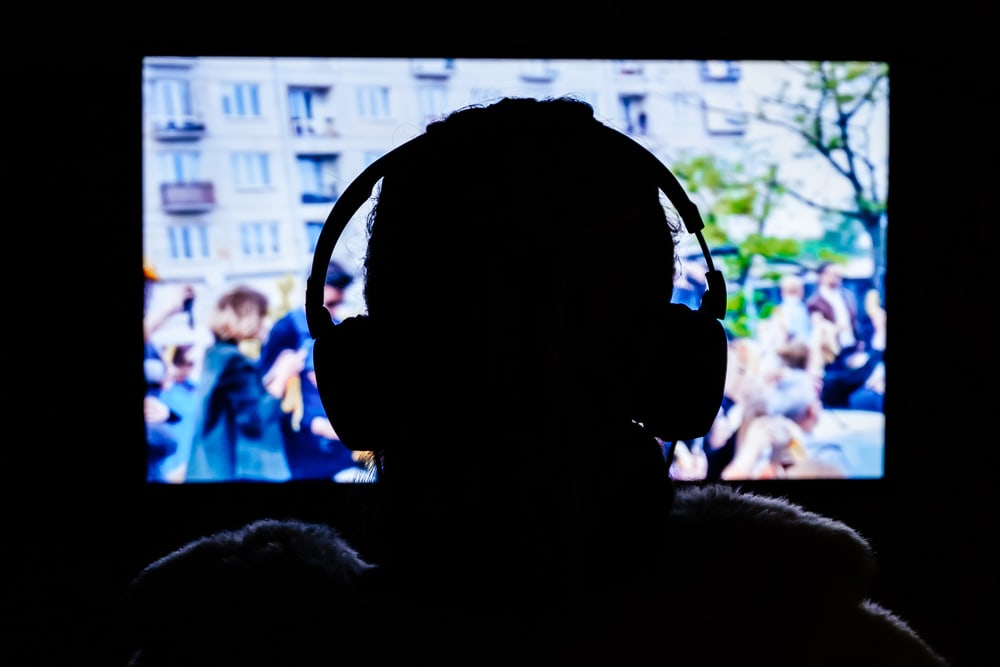
Józef Robakowski, “What Can Still Happen”, exhibition, MAK Gallery, Venice 2019.
These videos – usually amateurish, shared and posted by first-hand witnesses – stir up a gamut of emotions. An incredulous realisation hits you that this sort of events are happening here and now, in today’s Poland. The context of an art gallery additionally located in the mesmerizing Venice augments the emotional impact of the pieces.
The celluloid kaleidoscope served by Robakowski is the collection of images recorded with phones, from hiding. Handheld camera shots project chaos and rawness. This form transports you right in the middle of events, makes you their direct witness. While immersing oneself in the cinematic experience, one might easily forget to conduct a critical evaluation of the role of an artist. As an experienced academic well-versed in the theory of art and culture, Robakowski toys deliberately with our most basic instincts to evoke a borderline affective response, employing the same strategies used by populists and extremely biased media broadcasters. His goal is to incite a specific reaction. Is Robakowski a sociologist, artist or perhaps manipulator? The answer depends on one’s point of view. The artist copies and pastes incendiary internet scraps. Together, they form a closed-circuit system, an intersection of those incidents that triggered intense reactions among Facebook users. Not only does Robakowski give an account of certain phenomena, but also manages to exacerbate response.
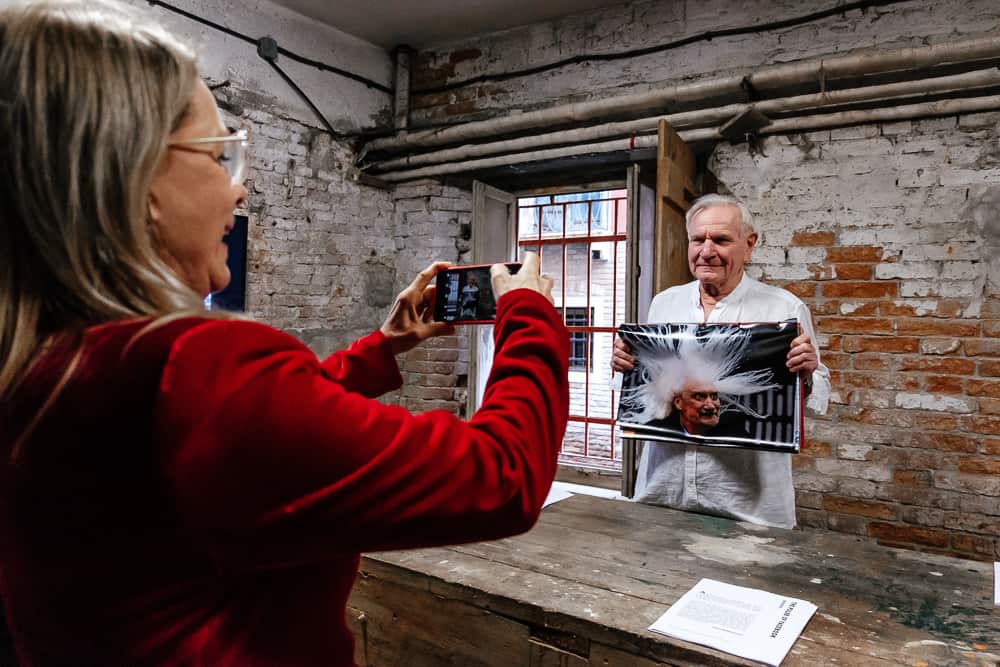
Józef Robakowski, “What Can Still Happen”, exhibition, MAK Gallery, Venice 2019.
In the artist’s opinion, Facebook serves nowadays as one of the most pluralist platforms even in spite of its flaws. According to Robakowski, “the website’s open scene allows us to maintain a sense of our own independence in relation to an active presence of a multitude of other citizens (…). This odd exhibit cites the works of numerous, often anonymous artists who believe in the enormous power of Facebook,” he adds.
Taking into consideration the abovementioned Biennale headline “May You Live in Interesting Times,” one might venture the statement that what’s “interesting” should be filtered through contemporary art. Rugoff declared that Venice Biennale “will no doubt include artworks that reflect upon precarious aspects of existence today (…); perhaps art can be a kind of guide for how to live and think in interesting times.” In a way, the curator renounces his own role for the sake of an experiment – an investigation into a current condition of contemporary art.

Józef Robakowski, “What Can Still Happen”, exhibition, MAK Gallery, Venice 2019.
Robakowski employs a parallel strategy. In his exhibit, he sheds his artistic persona to conduct an experiment, to become “versatile participant of the cognitive transformations precipitating self-improvement in this depressing reality (…).”
Robakowski behaves as if he pursued an anthropological study into the online media practices. Within the space of an exhibit held in the four atmospheric brick walls overlooking the romantic Venice channel, relentless struggle for the images of reality still continues.
“What Can Still Happen”
MAK Gallery Venice
Calle Regina, 2261
Santa Croce
Opening: May 7, 2019, 7 pm
The exhibition is on view through June 5, 2019
Monday–Sunday, 2 pm–7 pm
Curators: Bożena Czubak, Fabio Cavallucci
The exhibition is also on view at the Fundacja Profile in Warsaw until 22 June.





